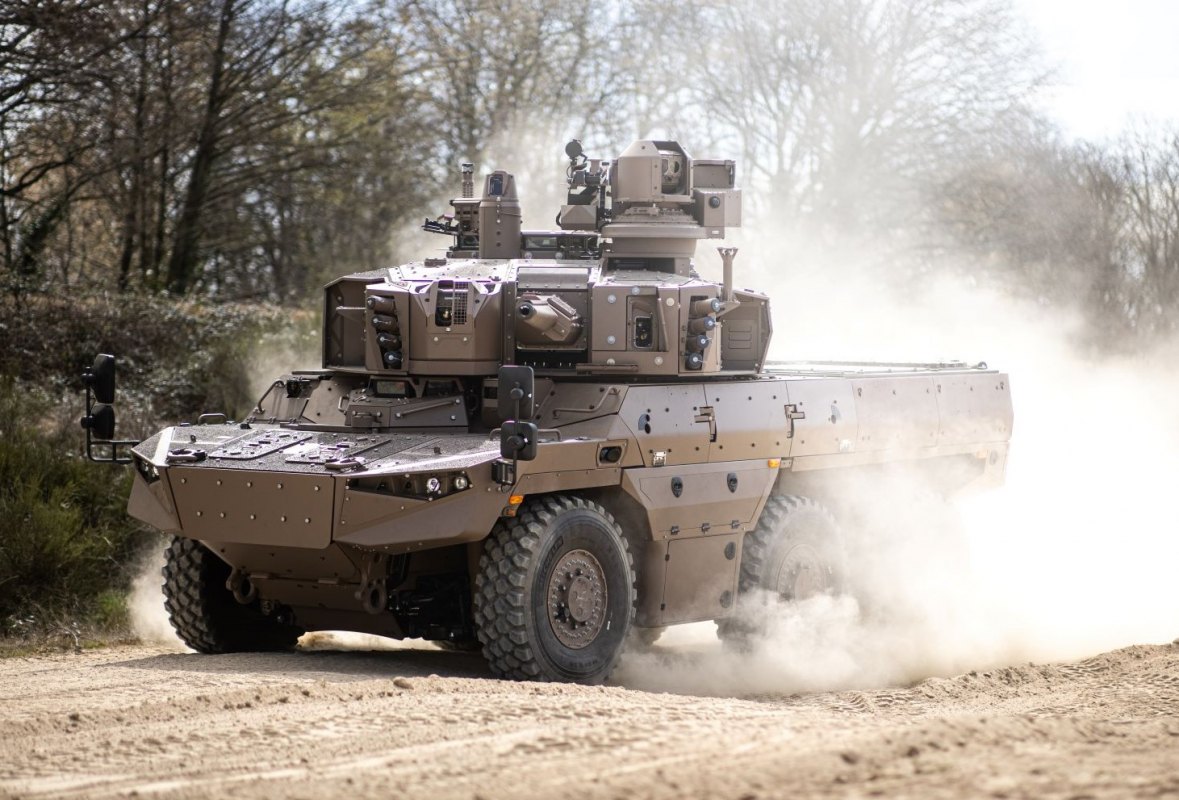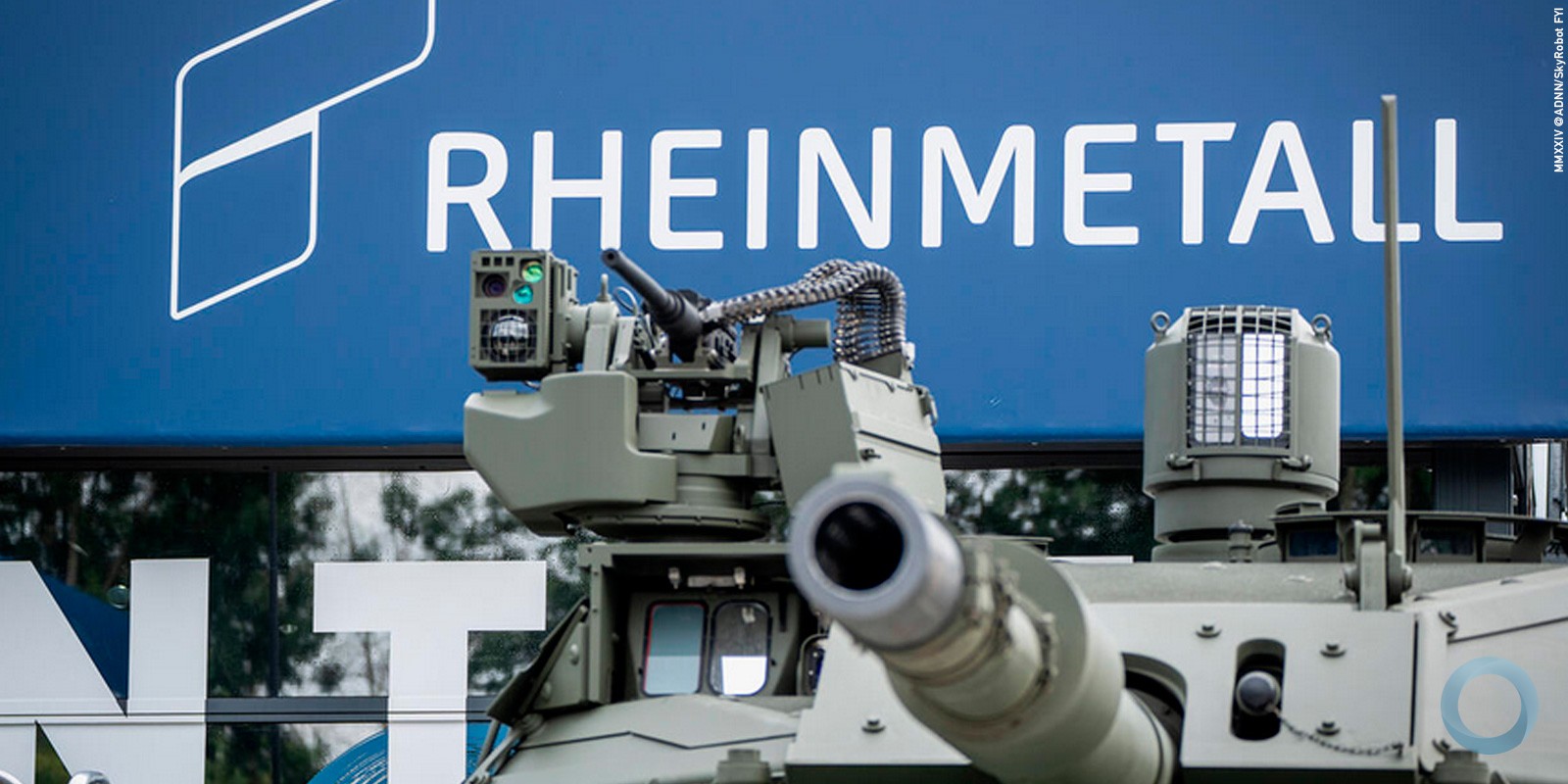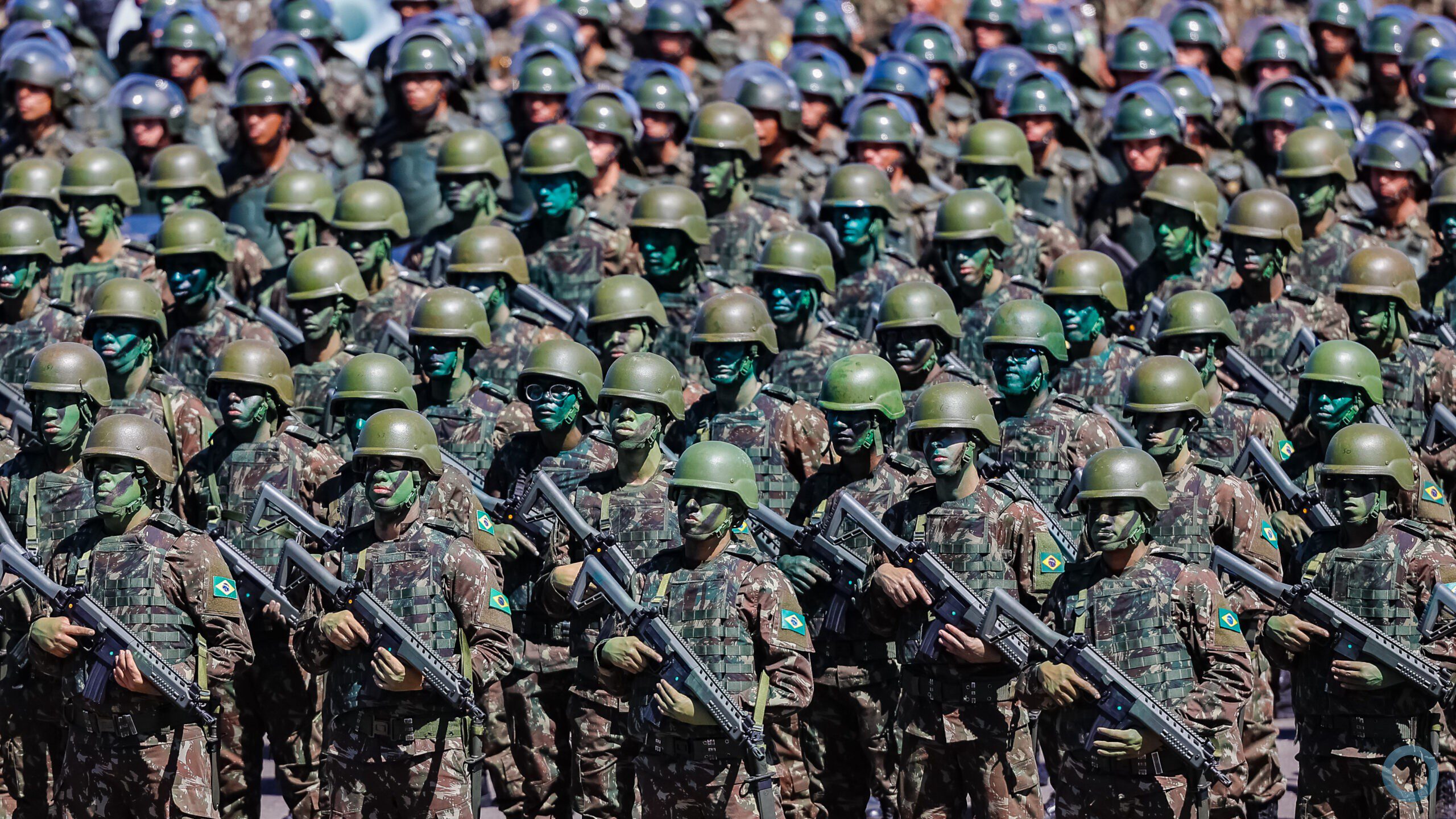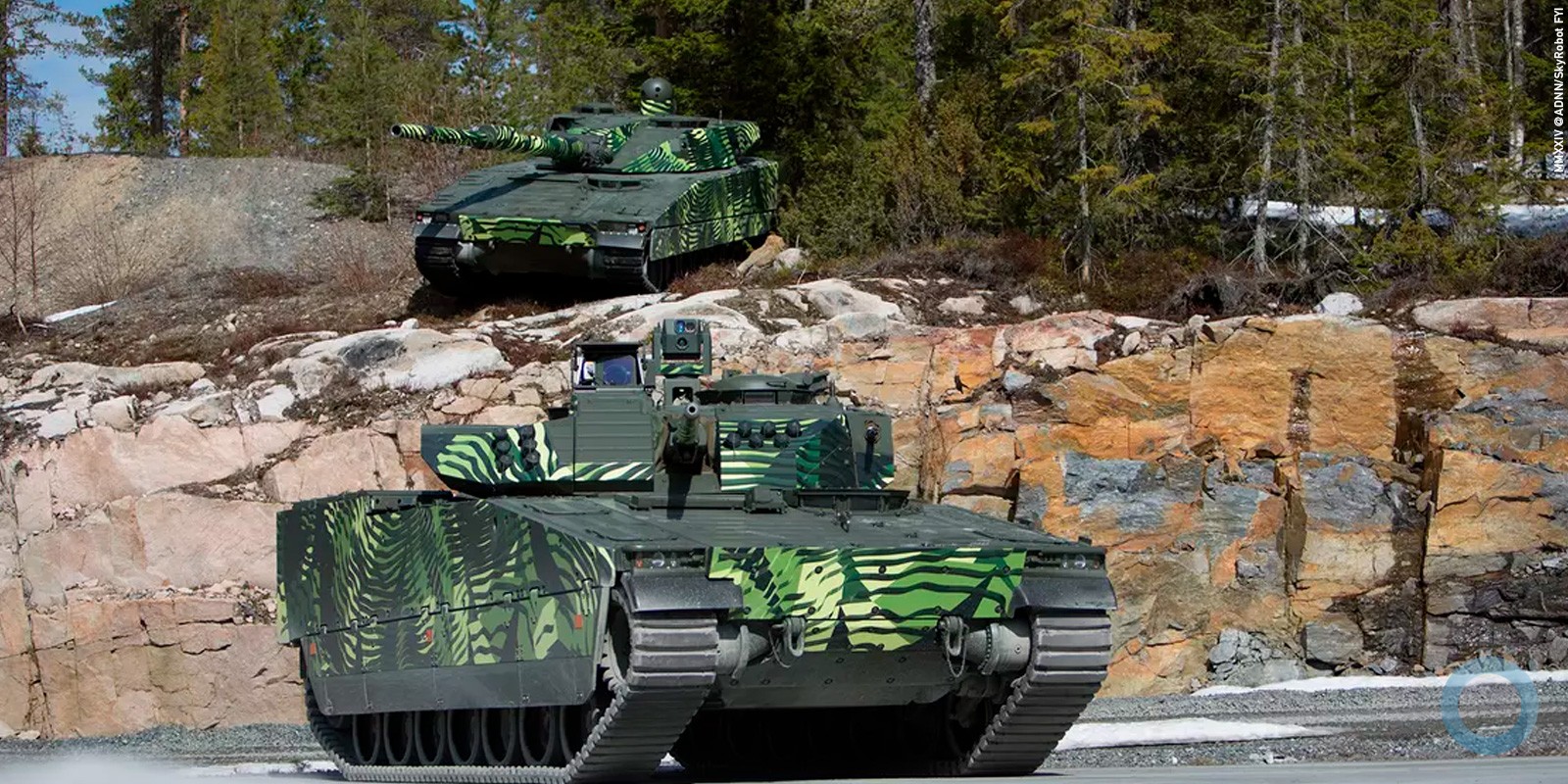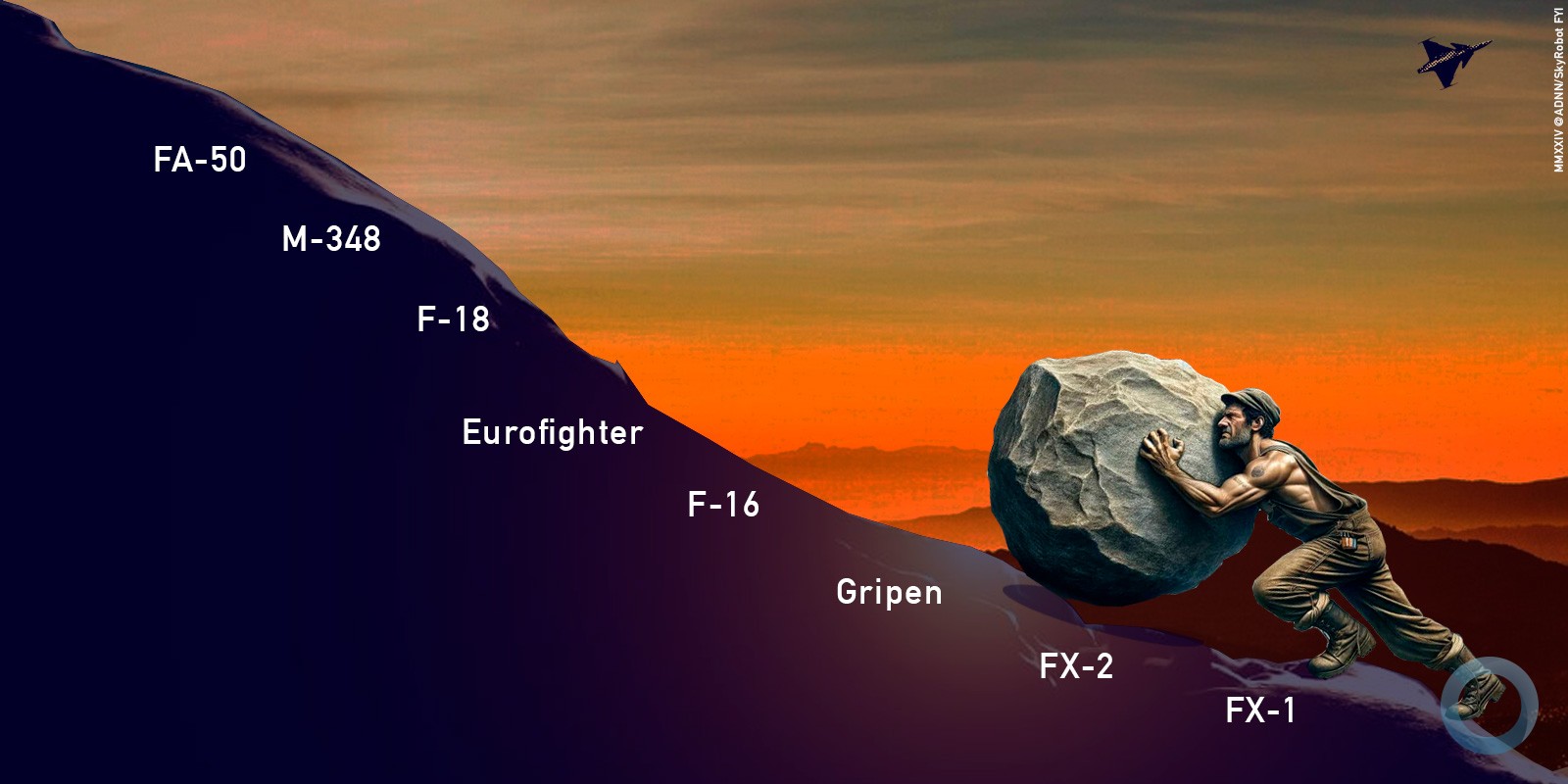Andréa Barretto
Brazil's Army Project Office (EPEx), created in 2012, evaluates, proposes, coordinates, and integrates efforts toward the realization of the Army’s large-scale, technologically and financially complex strategic projects. So far those projects have included Guarani, Cyber Defense, Air Defense, Proteger, Astros 2020, and Sisfron.
Diálogo is presenting each of the projects, their objectives and challenges, as well as new developments in a series of weekly reports. This week's report features the Army Strategic Project OCOP.
The ambitions of the Brazilian Army's Strategic Project OCOP (Achieving Full Operational Capacity) — an initiative to transform Military operational units across the country — have escalated: federal government authorities have tripled the project's initial budget and given it 13 additional years to accomplish its goals.
Until 2014, the project was called RECOP (Recovering Operational Capacity) and was scheduled to be in operation from 2012 to 2022; but on January 1, authorities extended the project through 2035 and increased its budget of 30 billion Brazilian reals (about $10 billion).
“The goal is to move beyond modernization towards a transformation of our Military operational units, providing them with the systems and equipment necessary for modern combat,” said the 4th Army Deputy Chief of Staff. “This initiative is needed because technology is evolving very quickly. The project seeks to keep pace with that.”
Since Military authorities created the program in 2012, the federal government has provided OCOP 2 billion reals ($660 million), of which 1.5 billion reals ($500 million) was allocated to the purchase of ground vehicles. These funds were from the federal government’s Accelerated Equipment Growth Program, and facilitated the purchase of 8,500 vehicles in dozens of different models, from tankers to transport fuel to refrigerated vehicles.
“Within our list of priorities, the first item is to guarantee the mobility of the Ground Forces…,” clarified the 4th Army Deputy Chief of Staff, who added that the fleet modernization project has already reached 40 percent of its goal. All Brazilian Army Military operational units have been supplied with new vehicles.
Each of the vehicles that become part of the Ground Forces fleet were made in Brazil. One was developed specifically at the request of OCOP: A 10-ton 6×6 vehicle to support traction of 155 mm howitzers, in addition to being able to transport engineering material. The company MAN is responsible for delivering 120 of these vehicles, which will help modernize the Army's fleet.
Armored vehicles recovered by the Army
Acquiring both new, unarmored vehicles and renovating older armored vehicles are important components of the effort to modernize the Army's fleet under OCOP. Armed Forces personnel update M113B armored vehicles and transform them into M113A2 Mk1 vehicles, which are deployed to transport personnel. Each can carry up to 12 Soldiers and a driver; these vehicles are versatile, capable of operating in rough terrain in amphibious missions, and can reach high speeds on roadways. Troops are conducting the renovations at the 5th Military Region’s Regional Maintenance Park in Curitiba, Paraná.
At that site, Armed Forces personnel reuse existing vehicle hulls, hatches, and ramps, and replace components such as engines, transmissions, and cooling systems. Soldiers have retooled 90 vehicles, and another 60 should be completed by July.
Ships, rifles, and mortar weapons
Modernizing the Army's fleet of vehicles is just one of OCOP’s 14 projects; providing training and other types of equipment, such as weapons, ships, modernized armor, uniforms, campaign artillery equipment, and electronic warfare and communications gear are also priorities.
Among the weapons OCOP is providing are the IMBEL A2 (IA2) assault rifle, a 5.56 mm caliber weapon. The initiative acquired the first lot of 1,500 of these rifles in 2013; it's a personal firearm for close combat that replaces the FN FAL model (light automatic rifle), adopted by the Army 50 years ago. They're each one kilogram lighter than the FN FAL model, and have a greater firing capacity, with a 30-round magazine — 10 more than the FN FAL. Troops used IMBEL A2 rifles to provide security during the 2014 World Cup.
In 2015, OCOP has provisions to receive another 2,000 rifles of this 5.56 mm caliber rifle. The Armed Forces also expects delivery of a prototype 7.62 mm caliber rifle, which is made by the Brazilian company, IMBEL.
OCOP is also expecting the delivery of 30 new 120mm-mortar weapons, which will join the 120 units already in the possession of Ground Forces. That equipment is produced by the Rio Battle Arsenal (AGR), an Army manufacturing unit located in Rio de Janeiro.
The 120mm-AGR-mortar weapons provide ample firepower and can be transported by three-quarter ton vehicles, by plane or by helicopter. They can also be released with parachutes. Infantry Battalions and Cavalry Regiments will use this weapon.
The Army also purchased and is awaiting arrival of 11 Guardian 25 ships, built in the United States. The ships will be delivered to the Amazônia Military Command and will be used to patrol the border regions. Each ship is equipped with GPS, Sonar and radio, in addition to a post for a .50 machine gun and two posts for a 7.62 machine gun. The mortar weapons and the ships are expected to be delivered by August.
The companies supplying the weapons will provide initial training, said Colonel Elivaldo João Rossi, supervisor of the OCOP strategic project.
“These companies train a first group of Military service members, whom we call knowledge multipliers. They are responsible for subsequently providing instruction to Army personnel,” Col. Rossi said.






